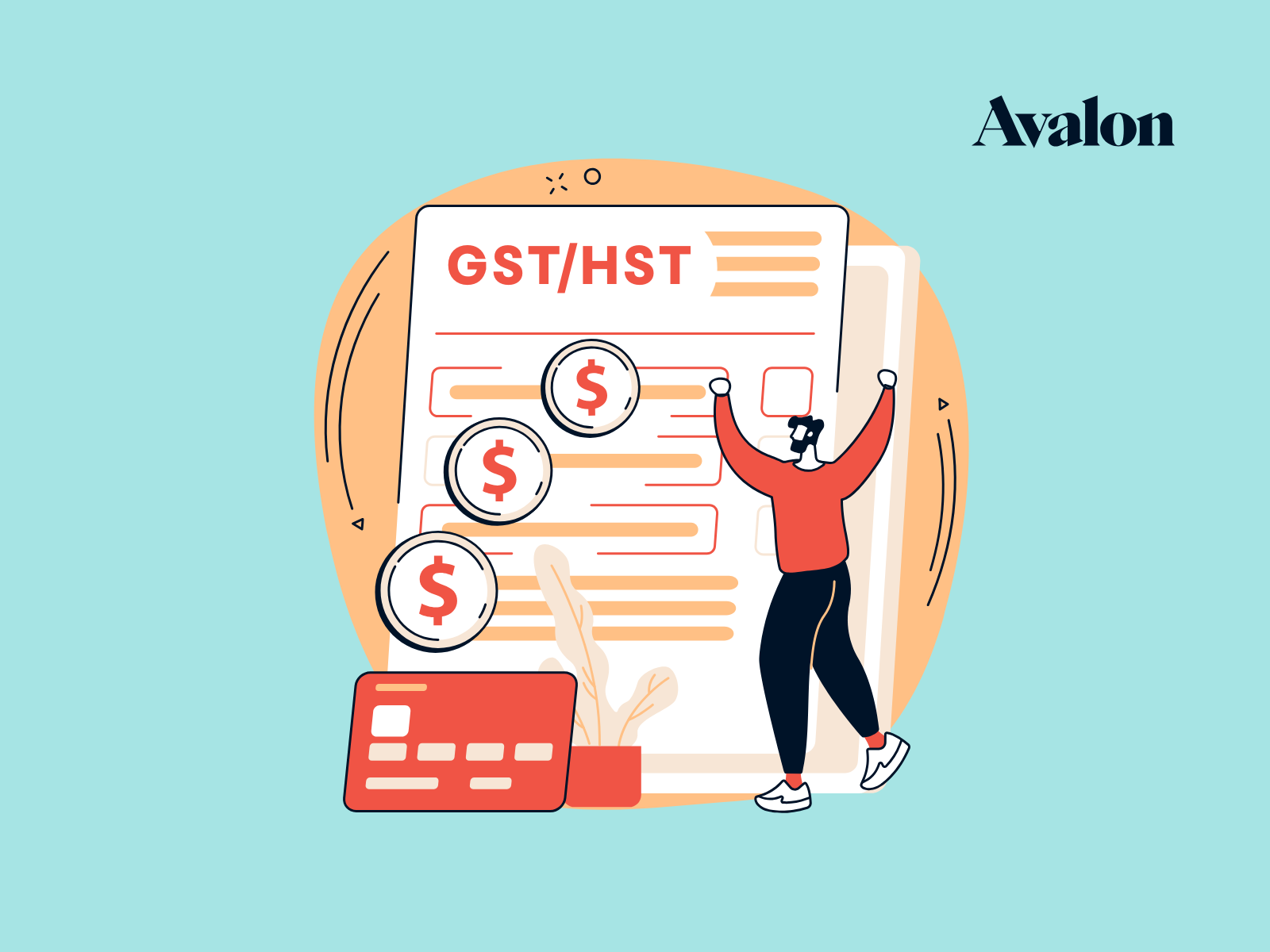At best it’s a tedious task, and at worst it’s your financial stress realized into piles of loose paper strewn from your desk to the car.
Keeping on top of your receipts can be one of the more mundane parts of running a business, but organizing those slips of paper can help you claim every expense so you only pay your fair share of tax.
Receipts Help in the Event of an Audit
As accountants and bookkeepers we need to (for your sake and ours) keep on top of receipts to be compliant with Canadian tax law. Businesses are required to provide evidence of their expenses if the CRA requests it, and having them in order prepares you in case you get audited. And there’s a reason why the thought of an audit makes you shrink into your chair trying to un-will it from reality like a reverse version of The Secret. Your time and your accounting fees can skyrocket and even a preliminary review will have you hunting for receipts, using your time, energy, and fortitude to answer their questions. A full audit will have CRA staff visiting your office going through your books, inspecting your location, and interviewing you and your staff.
Receipts Help Keep Financial Information Accurate
Keeping on top of your receipts is not just useful for the chance you get audited. Not submitting receipts to your bookkeeper leaves you with unreconciled items. The more unreconciled items you have, the less accurate your information is. Less accurate financial information means you could have more or less cash flow than you think and it will impact business decisions.
Make Receipts Easier
So how do we make this as easy as possible? You actually don’t need hard copies; digital receipts are the best method for evidence since they can attach directly to transactions within ĐßĐßÍřŐľ (We love for this #notsponsored). If you’re audited by CRA, we can efficiently respond to the audit requests without (in many cases) an auditor needing to visit your business premises. Beyond helping you save money by keeping track of receipts, ReceiptBank uses optical character recognition to eliminate manual data entry. Your information is secure, user error is avoided and time is saved.
Receipt Best Practices
Best practices are to take a picture of your receipt as soon as you get it. We like to use the example of Joe meeting a client. Joe heads to his most business-ey spot, The Drake, to discuss details with a client. When asked if he would like his receipt Joe says yes, takes the slip, snaps a picture with the app, sips his beer, and leaves the receipt on the table. Easy-peasy. If there are a few receipts to upload, ReceiptBank also lets you attach and email multiple receipts to yourself to keep it simple.
If you’ve lost a receipt, it’s not the end of the world, but the larger the amount the bigger the issue. Let your bookkeeper know what the transaction was for and if possible ask the vendor for another copy.
We Can Help
If you’re really behind on your receipts, with a bunch that you don’t know what to do with, we’d love to help you out. We’re experts in catching up old messy financials and setting up good systems so you can get valuable financial peace and clarity to focus on the fun stuff.







